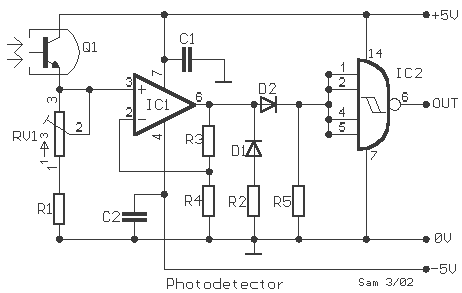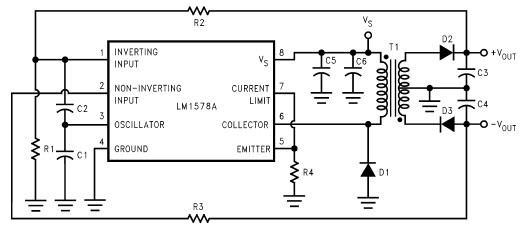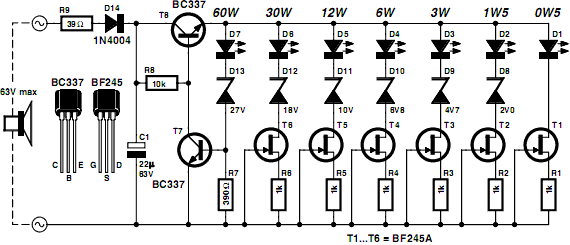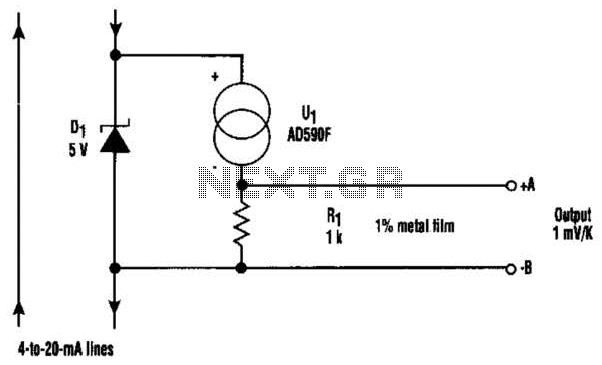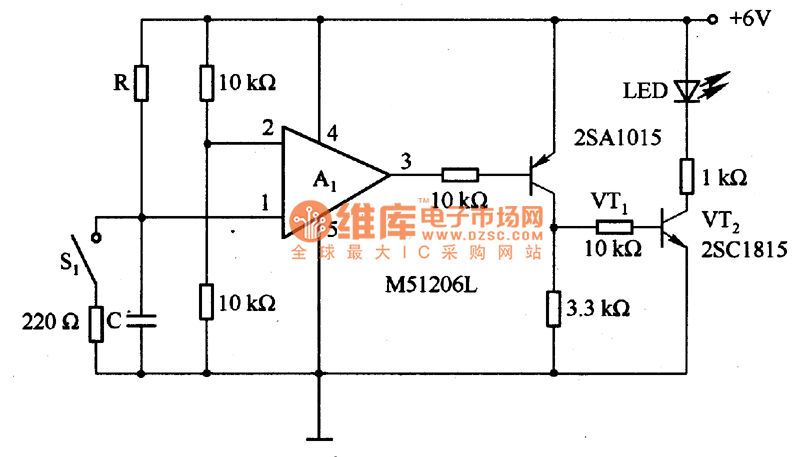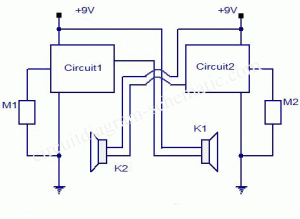
AM radio circuit for electronics project
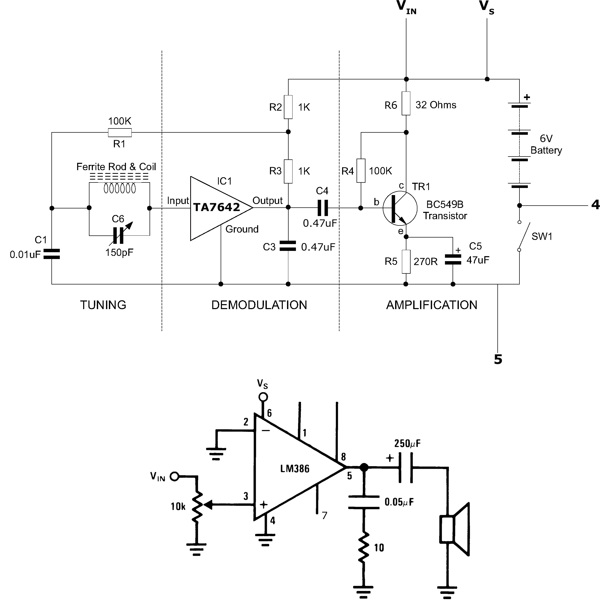
This functioning radio was built for an electronics module. The specified design was modified to include batteries, a switch, and a speaker instead of headphones. An additional amplifier circuit was required to power the speaker driver. Although not necessary, the group chose to mount the components in a case to create a usable radio.
The radio circuit design incorporates several key components to achieve its functionality. The power supply, consisting of batteries, provides the necessary voltage and current for the circuit operation. A switch is integrated into the circuit to allow the user to turn the radio on and off, ensuring energy efficiency and user control.
The main audio output is delivered through a speaker, which replaces the traditional headphone output. To drive the speaker effectively, an additional amplifier circuit is employed. This amplifier is crucial for boosting the audio signal to a level that can adequately drive the speaker, ensuring clear and audible sound output. The amplifier circuit typically consists of operational amplifiers or dedicated audio amplifier ICs, configured to enhance the audio signal while minimizing distortion.
The decision to encase the components serves multiple purposes. It not only provides physical protection for the circuitry but also enhances the aesthetic appeal of the radio. The enclosure can be designed to facilitate easy access to the switch and speaker, enhancing usability. Furthermore, proper mounting of components within the case helps to reduce noise and interference, improving overall performance.
Overall, this radio project exemplifies a practical application of electronics principles, integrating power management, signal amplification, and user interface design into a cohesive and functional device.This functioning radio was built for my electronics module. The design that had been specified was modified to add batteries, a switch and a spea Read More This functioning radio was built for my electronics module. The design that had been specified was modified to add batteries, a switch and a speaker instead of headphones.
To do this we also required an additional amplifier circuit to power the speaker driver. Although not required, the group opted to mount the components in a case to make it a usable radio. Read Less 🔗 External reference
The radio circuit design incorporates several key components to achieve its functionality. The power supply, consisting of batteries, provides the necessary voltage and current for the circuit operation. A switch is integrated into the circuit to allow the user to turn the radio on and off, ensuring energy efficiency and user control.
The main audio output is delivered through a speaker, which replaces the traditional headphone output. To drive the speaker effectively, an additional amplifier circuit is employed. This amplifier is crucial for boosting the audio signal to a level that can adequately drive the speaker, ensuring clear and audible sound output. The amplifier circuit typically consists of operational amplifiers or dedicated audio amplifier ICs, configured to enhance the audio signal while minimizing distortion.
The decision to encase the components serves multiple purposes. It not only provides physical protection for the circuitry but also enhances the aesthetic appeal of the radio. The enclosure can be designed to facilitate easy access to the switch and speaker, enhancing usability. Furthermore, proper mounting of components within the case helps to reduce noise and interference, improving overall performance.
Overall, this radio project exemplifies a practical application of electronics principles, integrating power management, signal amplification, and user interface design into a cohesive and functional device.This functioning radio was built for my electronics module. The design that had been specified was modified to add batteries, a switch and a spea Read More This functioning radio was built for my electronics module. The design that had been specified was modified to add batteries, a switch and a speaker instead of headphones.
To do this we also required an additional amplifier circuit to power the speaker driver. Although not required, the group opted to mount the components in a case to make it a usable radio. Read Less 🔗 External reference
